Have you ever wondered if your cat notices when your mood changes? Or if your daily habits have any effect on their happiness? Cats are often called mysterious, but their reactions to emotional consistency in their environment are surprisingly clear—and deeply touching. When our feelings are steady, and our homes are calm, our feline companions respond in ways that can be both heartwarming and astonishing. Let’s explore the fascinating ways cats reveal their true selves when surrounded by emotional stability. Get ready to see your cat in a whole new light!
Heightened Trust and Bonding

When a cat lives in an emotionally consistent home, trust grows like a well-tended garden. Your cat starts to see you as a reliable figure, someone who won’t suddenly change moods or startle them. This trust is the foundation of a deep human-feline bond. Cats may seek you out more for gentle strokes, purring contentedly as they curl up beside you. Their eyes might soften, and their body language will show more relaxation—like slow blinks and exposed bellies, which are clear signs of trust. It’s as if emotional consistency gives them permission to let their guard down. This steady environment reassures them they are safe, and that their human won’t surprise them with sudden anger or distress. Over time, this trust can lead to unforgettable moments of feline affection.
Increased Playfulness

Cats are playful by nature, but emotional consistency can turn even the shyest feline into a joyful kitten again. When they sense calm and predictability in their environment, they’re more likely to chase toys, pounce on shadows, or zoom through the house. Play becomes a way for them to express happiness and burn off energy. You might find your cat inventing new games or bringing you their favorite toy as an invitation. Their enthusiasm is often contagious, filling your home with laughter and lightness. Playful behavior is a powerful sign that your cat feels safe and secure. It also helps prevent boredom and related problems, such as destructive scratching or overeating. Emotional consistency, in this way, acts as a secret ingredient for a lively, content cat.
Reduced Anxiety and Stress

Cats are sensitive to emotional ups and downs, sometimes even more than we realize. When their human’s emotions swing wildly, cats can become anxious, hiding under beds or refusing food. But in a home where emotions are steady, their stress levels drop. You might notice your cat lounging in the sun, grooming peacefully, or sitting calmly by your side. Unpredictable outbursts, arguments, or abrupt changes in routine can leave a cat on edge, but when things are consistent, the opposite happens: their nerves settle. This reduction of anxiety leads to better overall health, with fewer signs of nervousness such as over-grooming or excessive meowing. A calm home equals a calm cat.
Improved Socialization

When a cat feels emotionally secure, they’re more likely to be social—not just with you, but with guests and other pets too. Emotional consistency fosters an environment where curiosity takes over fear. Instead of hiding when someone new visits, your cat might approach to investigate, sniffing shoes or winding around ankles. They may even initiate contact with other pets, showing less territorial behavior and more willingness to share space. This improved socialization can mean more harmonious multi-pet households and friendlier interactions all around. Consistent emotions help cats feel they can trust not only their human but the world around them.
Stable Eating Habits

A cat’s appetite is often the first thing to change when they’re stressed. Emotional consistency, however, helps regulate their eating habits. Cats in calm, predictable homes tend to eat at regular times and maintain a healthy weight. You might notice they’re less likely to beg for food or turn their nose up at dinner. Food becomes a source of comfort, not a battleground or a coping mechanism. Consistency in your mood also means you’re more likely to stick to feeding routines, which cats truly appreciate. This helps prevent problems like obesity, food aggression, or sudden fasting, all of which can be signs of emotional turmoil.
Better Grooming Behaviors

Grooming is a telltale sign of a cat’s mental state. Cats in emotionally consistent environments tend to keep themselves clean and well-groomed. You’ll see them licking their fur, washing their faces, and even grooming other cats or their humans. When cats feel unsure or stressed, grooming can stop completely or, in contrast, become obsessive. A steady atmosphere encourages just the right amount of self-care. Their coats stay shiny, and there’s less risk of hairballs or skin irritation. Watching a cat calmly wash their paws is a quiet testament to how much emotional stability matters to them.
More Frequent Purring and Vocalization

Purring is often a cat’s way of saying, “I’m happy.” In homes with emotional consistency, you’ll likely hear purring more often—sometimes accompanied by chirps, trills, and gentle meows. Cats communicate their feelings, and when they sense calmness, their vocal repertoire becomes richer and more expressive. They may greet you at the door with a welcoming meow or purr while nestled in your lap. These sounds are not only adorable, but they also indicate your cat feels comfortable and loved. Emotional consistency gives them the confidence to share their voices with you.
Consistent Sleeping Patterns

Cats love their sleep, but did you know their sleeping habits can reflect the stability of their environment? In a home where emotions and routines are predictable, cats develop regular sleep patterns. You’ll find them napping at the same times each day, choosing familiar cozy spots. Disturbed or tense households, on the other hand, can lead to restless nights or odd sleeping locations. Cats may even sleep more deeply when they feel secure, dreaming their little cat dreams without fear. This regular rest is vital for their mood, health, and longevity.
More Display of Affection

Affection from a cat can feel like a precious gift, and emotional consistency makes these moments even more frequent. You might notice more head bumps, gentle kneading on your lap, or slow blinks directed your way. Sometimes, your cat will follow you from room to room, seeking your company. These behaviors are their way of saying, “I love you, and I trust you.” Emotional consistency removes barriers, allowing your cat to express affection freely and without hesitation. These sweet gestures reinforce the bond between you and your feline friend.
Greater Curiosity and Exploration

Curiosity is at the heart of every cat, and a stable, emotionally consistent home encourages them to explore their world. They may investigate new corners of your house, climb to higher shelves, or watch birds at the window with intense focus. This willingness to explore means they feel safe and secure. Anxious or fearful cats, by contrast, often stick to one spot or avoid new experiences. Emotional consistency unlocks their adventurous spirit, leading to a more stimulating and satisfying life. You’ll be surprised by what your cat chooses to investigate next!
Improved Litter Box Habits
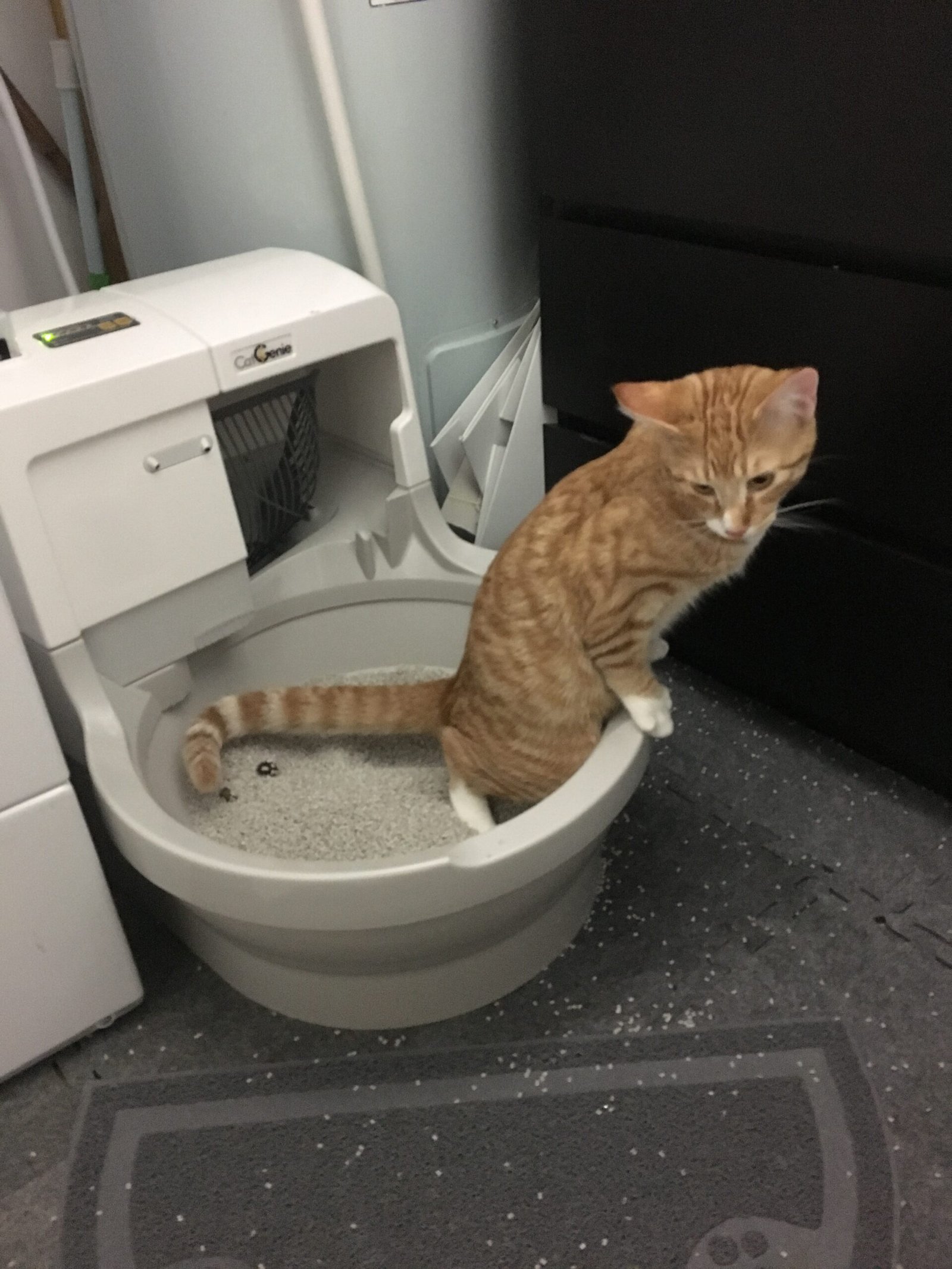
Litter box issues are a common headache for cat owners, but emotional consistency can help minimize them. Cats who feel stable and secure are more likely to use their litter box properly. Unexpected messes or refusal to use the box often signal stress or discomfort in their environment. When routines and emotions are steady, bathroom habits follow suit. This not only keeps your house cleaner but also reduces the risk of health problems like urinary infections. A happy cat is a tidy cat, thanks to emotional consistency.
Lowered Aggressive Behaviors
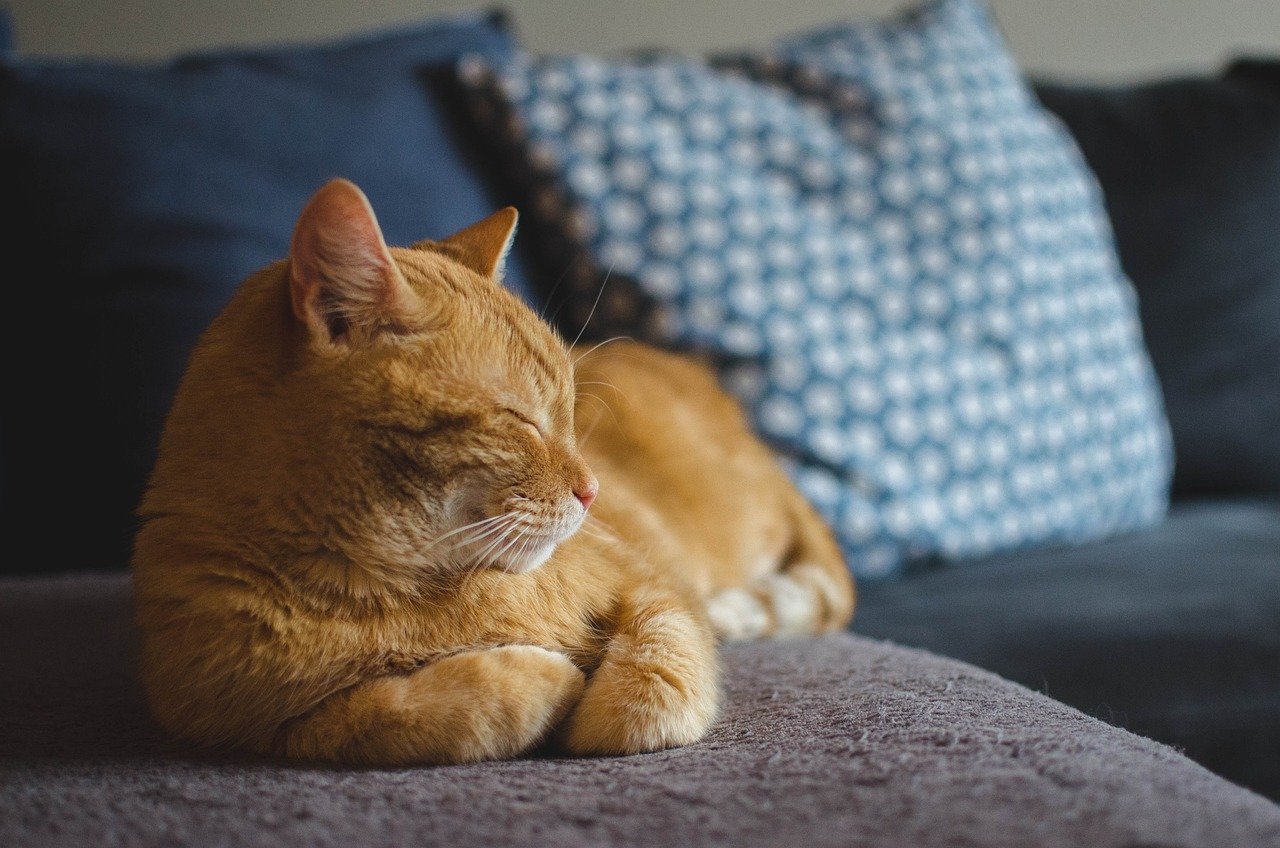
Aggression in cats is often misunderstood—it’s frequently rooted in fear or anxiety. When their world is emotionally consistent, cats have fewer reasons to lash out. You might notice less hissing, scratching, or biting, even during play. Instead, they use gentle swats or soft vocalizations to communicate. This reduction in aggression makes for a more peaceful home and strengthens the trust between cat and owner. It’s proof that a calm atmosphere does wonders for feline temperament.
Quicker Recovery from Changes
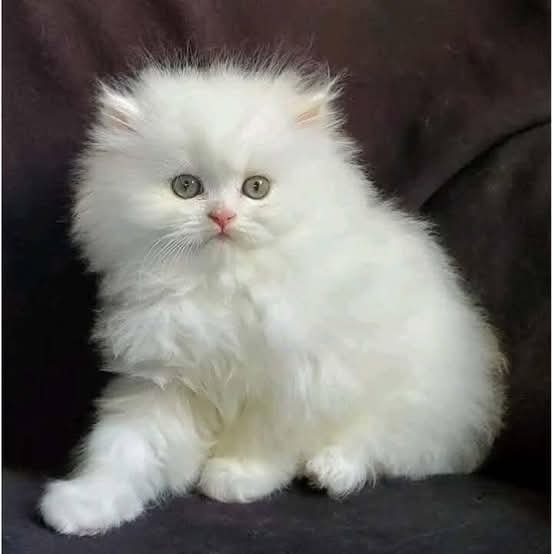
Life can be unpredictable, but emotional consistency helps cats bounce back from disruptions more quickly. Whether it’s a new piece of furniture, a visitor, or a brief schedule change, cats in stable environments adapt faster. They rely on the emotional cues of their humans to judge if a change is safe or threatening. When you remain calm and steady, your cat is more likely to mirror that response. This resilience is a hidden benefit of emotional consistency, making life’s little surprises less stressful for everyone.
Increased Communication with Owners

Cats have a subtle and complex language of their own, using body language, postures, and sounds to communicate. In a home with emotional consistency, cats become more engaged in interacting with their humans. They may approach you more often, rub against your legs, or sit with their tails up—an unmistakable sign of friendliness. These behaviors show that your cat feels understood and valued. Emotional consistency opens the door to a deeper, two-way conversation between you and your feline friend.
More Predictable Reactions to Routine

Cats thrive on routine, and emotional consistency reinforces this love of predictability. You’ll notice your cat anticipating meal times, play sessions, or bedtime snuggles with impressive accuracy. Their responses to daily events become more predictable too—like waiting by the door when you come home or jumping onto the couch at your usual TV time. This predictability is comforting for both of you, building a rhythm of shared habits that makes life smoother and more enjoyable.
Strengthened Immune System
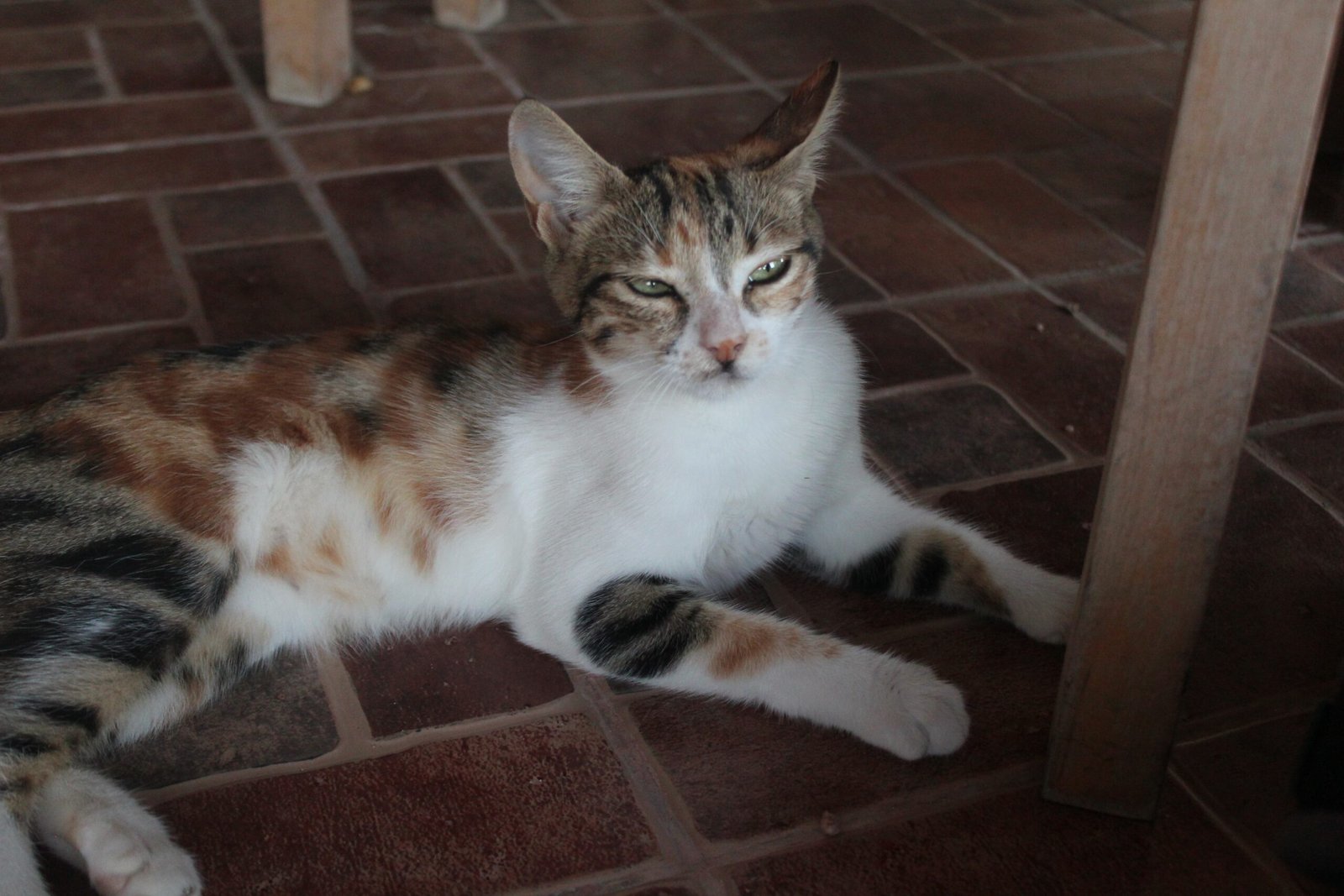
It may sound surprising, but a calm emotional environment can actually boost your cat’s health. Stress suppresses the immune system, making cats more vulnerable to illness. When emotional consistency is part of the home, their bodies are better equipped to fight off infections and recover from injuries. You may notice fewer trips to the vet, shinier coats, and brighter eyes. A peaceful atmosphere isn’t just good for the soul—it’s good for the body, too.
More Frequent Grooming Between Cats
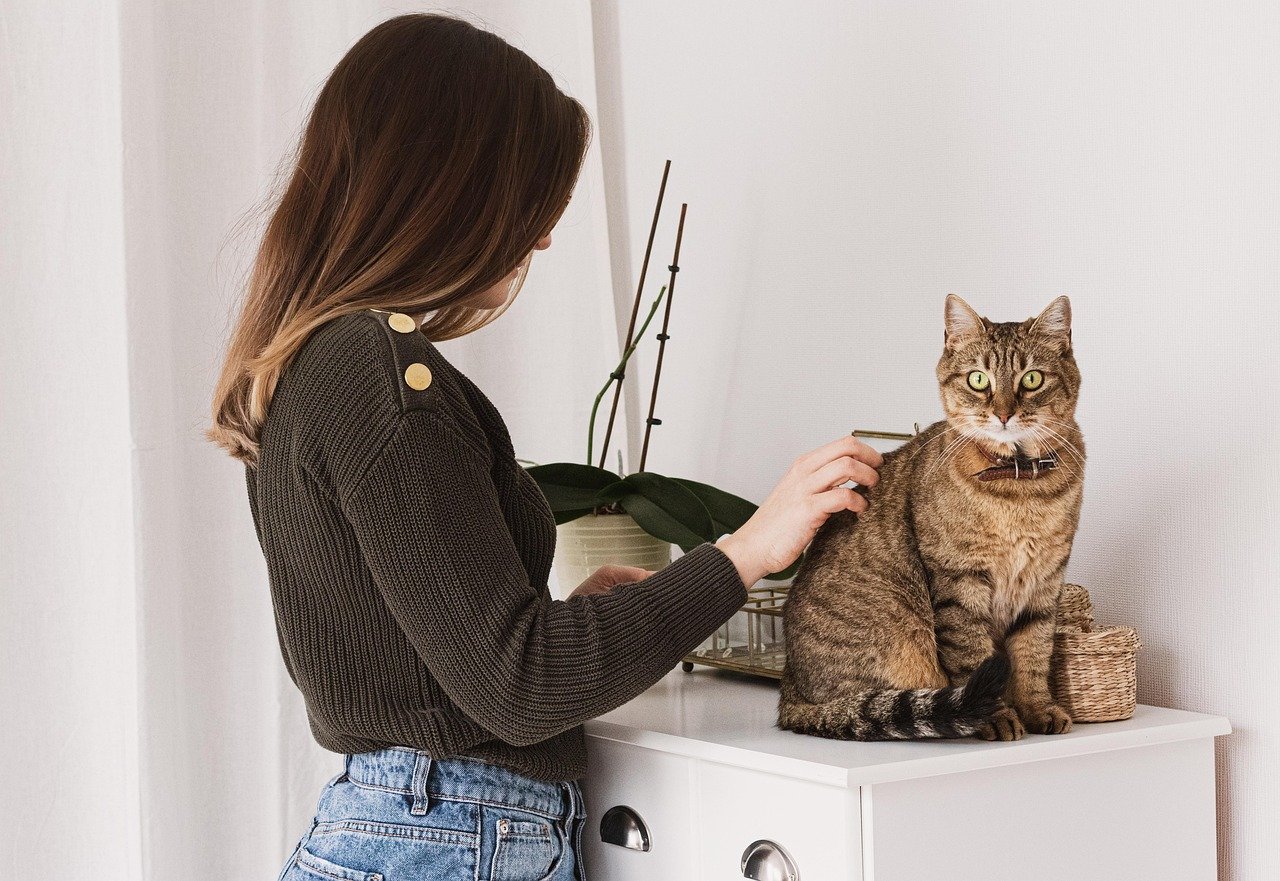
In multi-cat households, emotional consistency doesn’t just benefit individual cats—it improves their relationships with each other. Cats who feel secure will often groom one another, a behavior known as allogrooming. This is a powerful display of trust and social bonding. You’ll see them licking each other’s heads or cuddling up together. When the emotional climate is steady, these positive social interactions become more common, turning your home into a feline harmony zone.
Decreased Destructive Behavior

Scratched furniture, knocked-over plants, and chewed cords are often signs of a stressed or bored cat. Emotional consistency helps reduce these destructive urges. Cats who feel secure are less likely to act out in frustration. Instead, they direct their energies to appropriate outlets, like scratching posts or toys. Your home stays intact, and your relationship with your cat improves. It’s a win-win situation that highlights the power of emotional stability.
Greater Willingness to Learn

Cats are smart, and a consistent emotional environment makes them more open to learning new things. Whether it’s using a new scratching post, accepting a harness for walks, or mastering simple tricks, emotionally secure cats are eager to try. They’re motivated by curiosity and trust, not by fear of punishment. This willingness to learn can make training easier and more enjoyable for both of you. Emotional consistency acts like fertile soil—helping new behaviors take root and grow.
Enhanced Sensitivity to Human Emotions

Finally, emotionally consistent homes help cats become more attuned to their humans’ feelings. Over time, they learn to pick up on subtle cues—your tone of voice, body language, or even the rhythm of your footsteps. Some cats will offer comfort when you’re sad or anxious, curling up beside you or gently head-butting your hand. This heightened sensitivity creates a powerful, empathetic connection. Your cat becomes not just a pet, but a true companion who shares in the ups and downs of life.
Unforgettable Moments of Connection
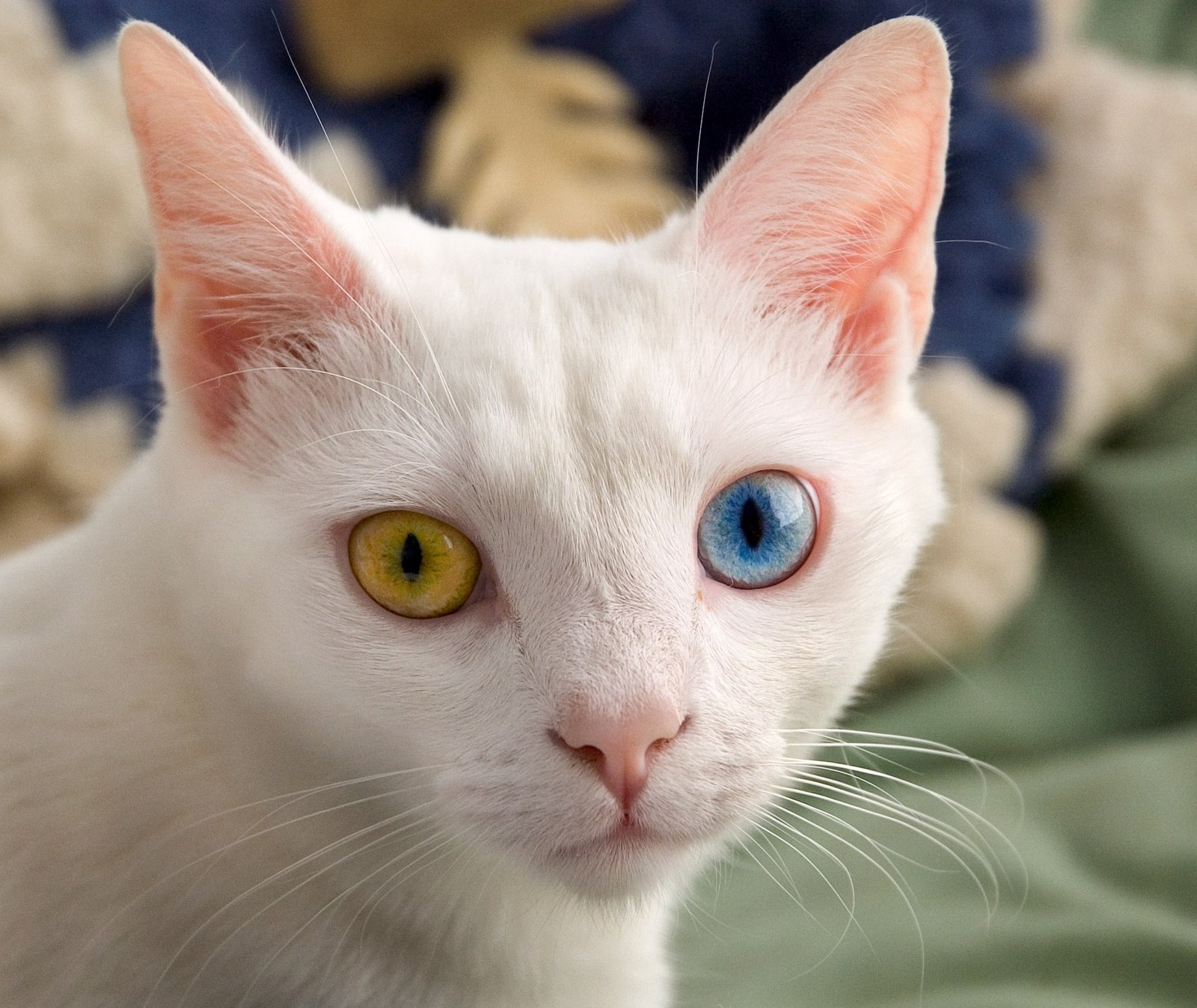
Every cat is unique, but one thing remains true: emotional consistency unlocks the very best in our feline friends. It deepens trust, encourages play and affection, and transforms daily routines into shared rituals of love. When you offer your cat the steady comfort of a calm and predictable home, you’re rewarded with a relationship full of warmth, laughter, and countless unforgettable moments. Isn’t it amazing how the simple act of being emotionally steady can bring out the extraordinary in your cat?
Hi, I’m Bola, a passionate writer and creative strategist with a knack for crafting compelling content that educates, inspires, and connects. Over the years, I’ve honed my skills across various writing fields, including content creation, copywriting, online course development, and video scriptwriting.
When I’m not at my desk, you’ll find me exploring new ideas, reading books, or brainstorming creative ways to solve challenges. I believe that words have the power to transform, and I’m here to help you leverage that power for success.
Thanks for stopping by, Keep coming to this website to checkout new articles form me. You’d always love it!






